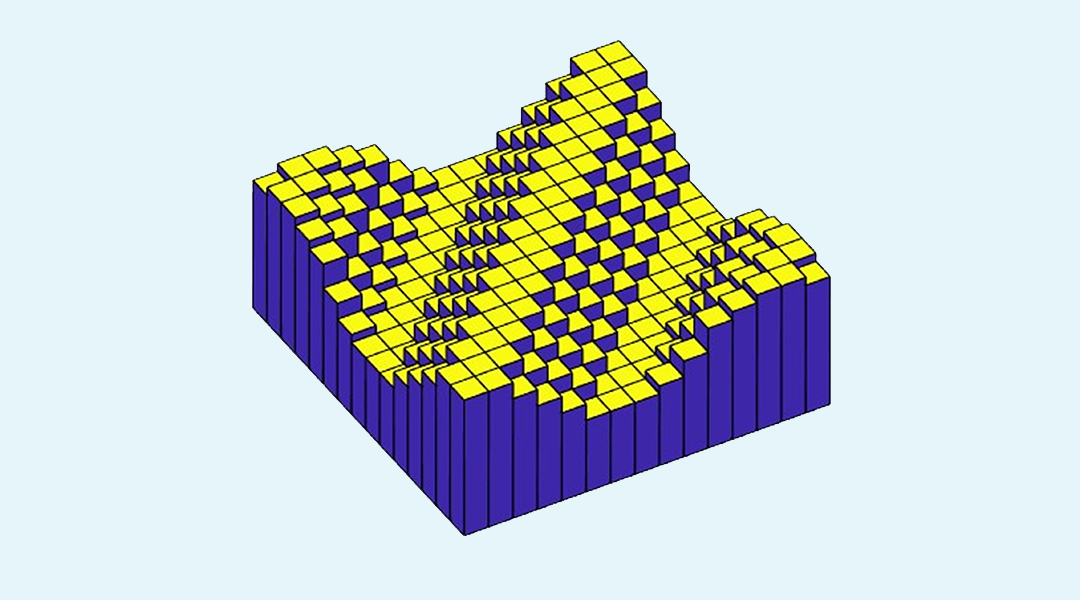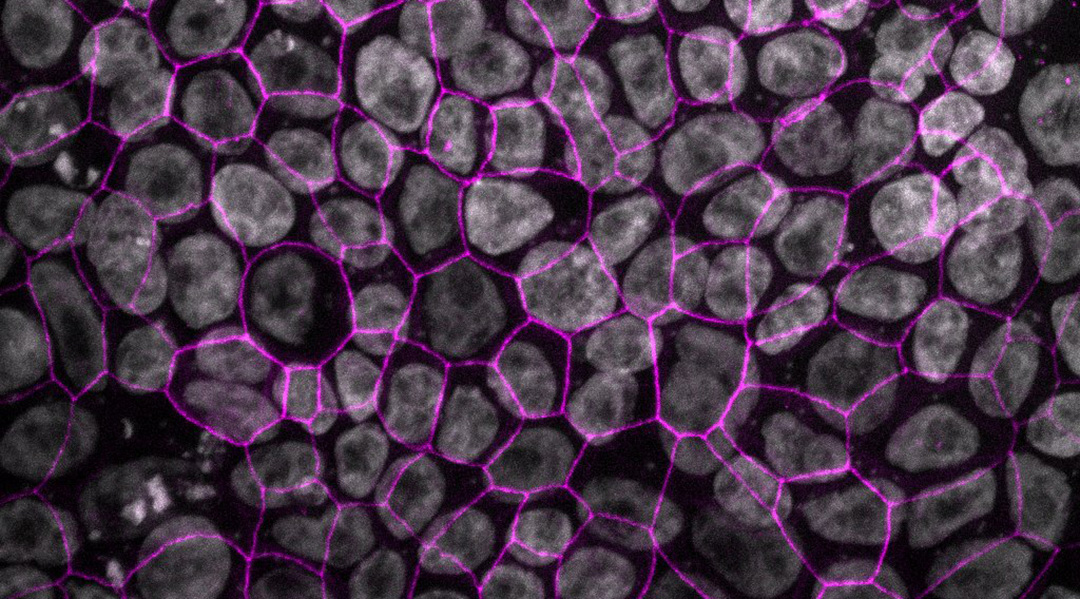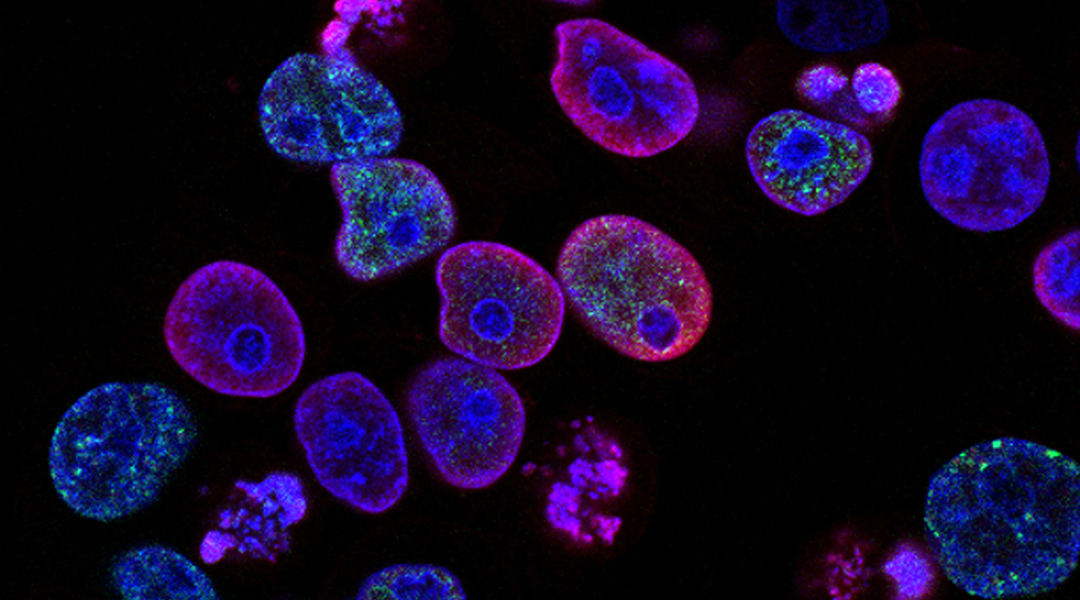Mimicking a part of the inner ear, a specialized hearing device converts vibrations into nerve signals without needing a battery.


Mimicking a part of the inner ear, a specialized hearing device converts vibrations into nerve signals without needing a battery.

Mechanical metamaterials are finding application in data storage with benefits such as immunity to degradation and hacker protection.

For decades, it was thought that only two types of superconductors existed, but a new study has just uncovered a third.

New lung model raises hopes for more realistic modeling of new drugs and therapies.

4D printing of metallic shape-morphing systems can be applied in many fields, including aerospace, smart manufacturing, naval equipment, and biomedical engineering.

People cannot reliably tell whether a text is produced by a human or a machine — but subconscious neural activity reveals the true identity.

Some tumor cells were found to survive a bout of radiotherapy, eluding researchers by camouflaging as normal cells.

Recreating the bead-like structure of seal whiskers grants scientists insight into new underwater technologies.

Incorporating polymer skeletons inside bacteria stops them from replicating and results in cyborg cells that are half living, half artificial.

Scientists explore whether macrophages — key players in trauma repair — can sense and respond to damage caused by a heart attack.